Iran’s agriculture after Islamic Revolution
After the Islamic Revolution, Iran has taken great strides in science and technology in all sectors, one of the most important national achievements of which have been in the agricultural sector.
Iran’s yearly agricultural output including the production of crops, livestock, and aquaculture commodities is valued at more than $70 billion, without which the country would have had to spend the income from a year and a half of oil sales under favorable market conditions solely on food imports.
This amounts to a pure political, economic, and security dependency at a time when the spread of market-based economic systems around the world has made economic security as the most widely accepted new substantive area.
The central characteristic of a market economic system marked by widespread competition and free trade is insecurity.
Developing countries argue that free trade is not entirely free as trade restrictions unfairly favor already developed or rich nations – meaning the issue is not one of insecurity brought about by free trade, but by an unfair trading system.
As it stands, the common economic security policy now is how a state uses economic mechanisms to maintain territorial integrity, meet citizen demands for goods and services, preserve political and cultural independence, and achieve freedom from threat of foreign military assault.
That said the importance of our food producers i.e. women and men peasants, fisherfolk, agricultural workers, pastoralists and other operators including food manufacturers, processors, storage facilitators, distributors and retailers becomes vivid in ensuring economic, political and even military security.
Foremost, farmers are often the unsung heroes of our existence and the backbone of humanity, whose labor is not valued properly and the cost of their produce is sold too cheaply, giving them an income that is way below basic minimum income.
Agriculture has a long history in Iran. It has been argued that dryland farming first evolved in the western part of the country about 10 000 years ago, simultaneously with the domestication of goats and sheep.
According to UN Food and Agriculture Organization (FAO), the share of the agriculture and rural sector in Iran’s GDP has declined in the last twenty years, but it is still the source of income for more than 15 million people in rural areas.
Over the decades, Iran has adopted a host of plans to achieve food security. Against the backdrop of tensions between Iran and major world powers, it has also approved a package of measures to reduce food subordination to the global market.
The country has adopted agricultural development policies to develop the agricultural sector and achieve self-sufficiency in strategic crops, most important of which is wheat. It has also worked to expand the irrigated agricultural lands to ensure the stability of annual food supplies.
One of the most important national achievements after the Islamic Revolution is the application of nuclear technology and knowledge in the agricultural sector.
For example, irradiation has provided valuable services in food security, combating agricultural pests, increasing the shelf life of products, and treating diseases.
Before the revolution, all agriculture was traditional, relaying on farmers' hand tools and limited use of tractors and combine harvesters in industrial lands.
In recent decades, important steps have been taken towards the general development of agricultural mechanization, where the number of tractors has increased from 50,000 to more than 400,000 units. The use of modern irrigation systems has also expanded to 2.6 million hectares of agricultural lands.
Self-sufficiency has been achieved in important, basic, and high-consumption fertilizers, the surplus of which is exported, while 75 percent of agricultural pesticides are produced domestically.
Iran also ranks first in the first in exports of about 20 agricultural products, including caviar, saffron, pistachios, and barberries. It is the second biggest producer of apricots, cucumbers, and walnuts, and the third producer of watermelons in the world.
The country is the fourth exporter of almonds, and the sixth and seventh producer of onions, tomatoes, and citrus fruits. Overall, Iran ranks eighth in the world in producing poultry and fruits. With about 128,000 tonnes a year, it is the third producer of natural honey worldwide.
More importantly, Iran has achieved self-sufficiency in the production of standard fruit seedlings in all product groups except dates. Last year, it exported more than 2 million fruit and non-fruit seedlings.
The country is also a major producer of protein in West Asia, with more than 2.7 million tonnes of chicken meat and over 1.3 million tonnes of eggs a year. Its annual red meat production stands at more than 900,000 tonnes.
The fisheries and aquaculture sector has grown in leaps and bounds since the revolution. The production of farmed sturgeon in arid areas is a striking example, where 20 provinces are currently involved in the production of sturgeon meat and 12 others in caviar harvest. Iran's farmed caviar is currently exported to 28 countries, even those bordering the Caspian Sea which the main habitat of sturgeon.
Overall, Iran's aquaculture ranks first in West Asia with more than 1.5 million tonnes of fisheries products a year.
Despite significant achievements, Iran’s agriculture as one of the main axes of national development needs structural reforms and increased productivity.
Some of the measures needed include improving the management of water resources, increasing specialized personnel, curbing soil erosion, combating water pollution and discharge of urban and rural wastewater besides developing new technologies and reducing dependence on traditional methods.
Also, increasing regional and international cooperation in order to reduce the impact of sanctions can provide new opportunities for the growth and development of Iran's agricultural sector; but to improve Iran’s position, more long-term planning is required in key areas of legislation, investment, and executive support to reduce administrative and executive problems.
Iran’s state copper company reports major rise in sales
VIDEO | 2 revolutions that changed course of events in Yemen
Hamas condemns cancellation of allowances to families of martyrs, prisoners
Netanyahu orders military to beef up troops around Gaza, threatens to end ceasefire
VIDEO | Delhi Muslims uncertain about implications of BJP’s election win
VIDEO | Islamic Revolution anniversary marked in Russia
'Fingers on trigger': Yemen says ready to act if Israel resumes Gaza, Lebanon wars
VIDEO | Escaping from behind bars towards life and hope


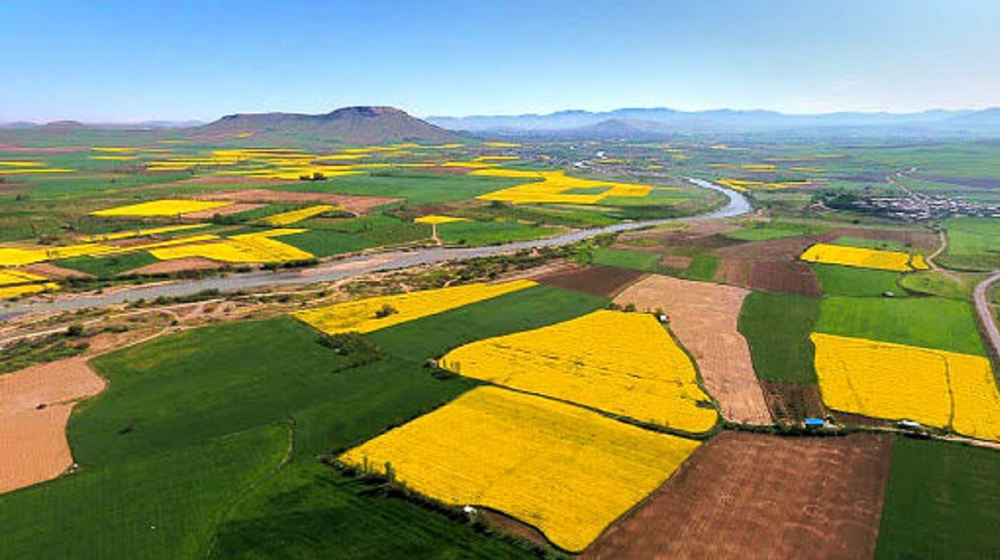
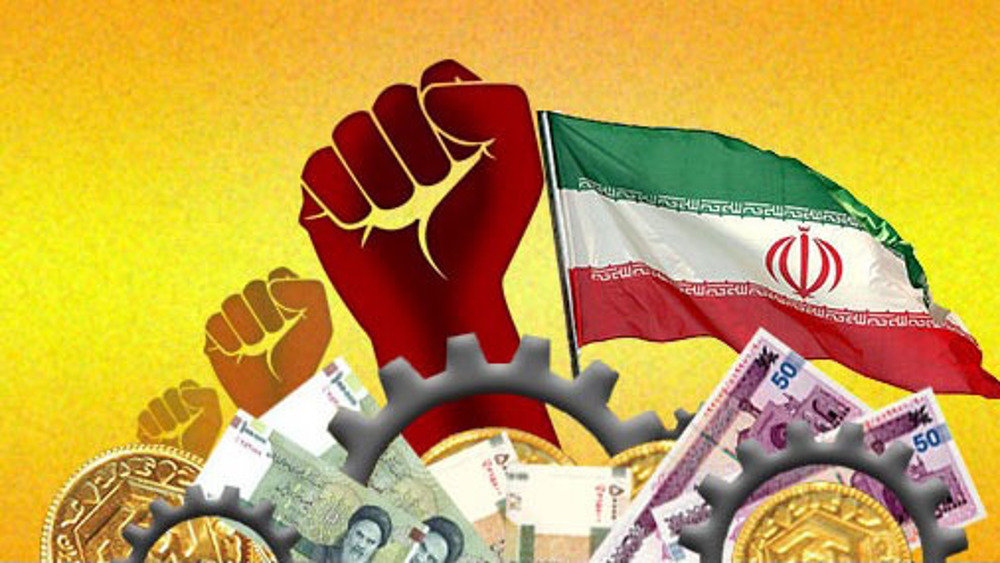
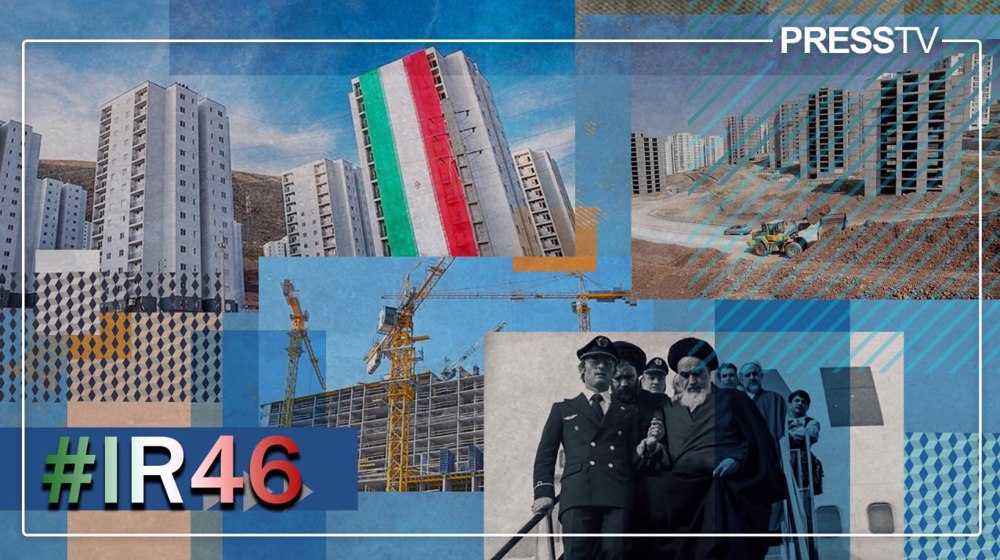
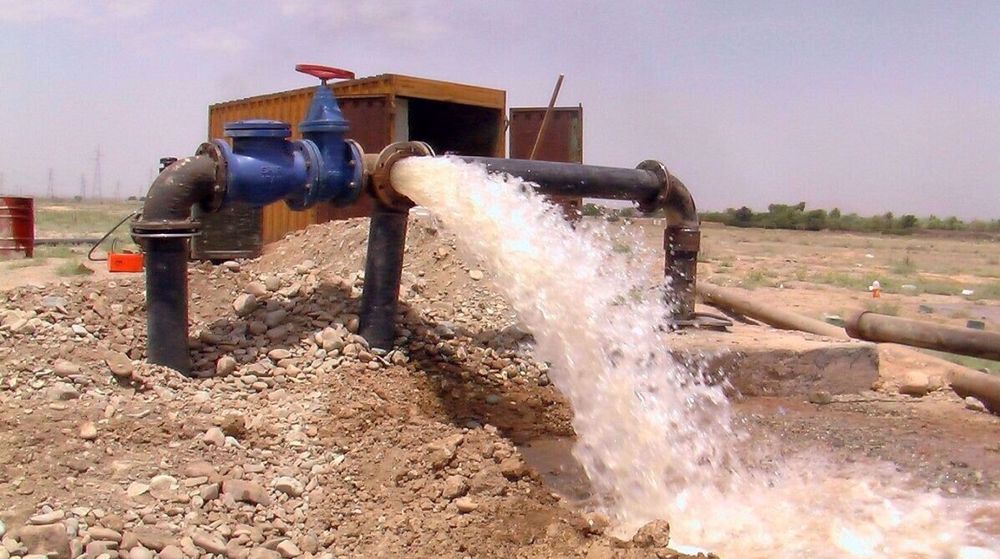

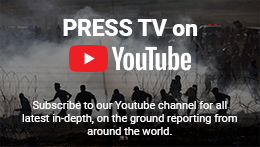


 This makes it easy to access the Press TV website
This makes it easy to access the Press TV website